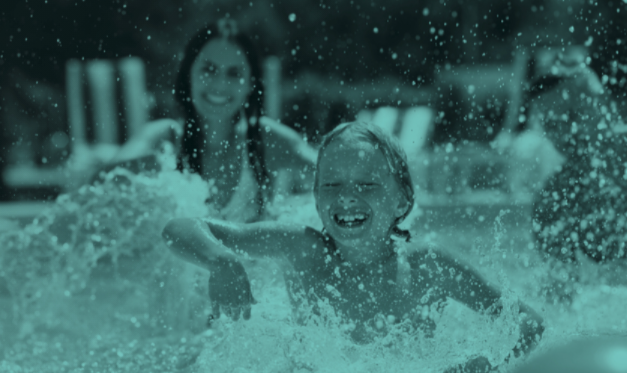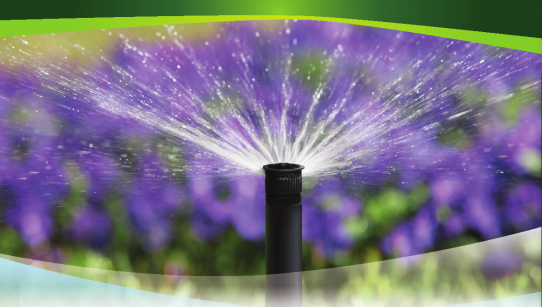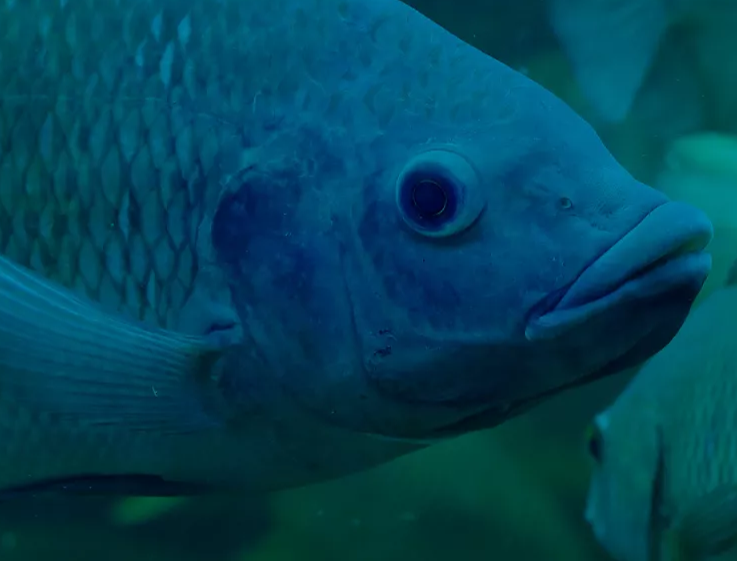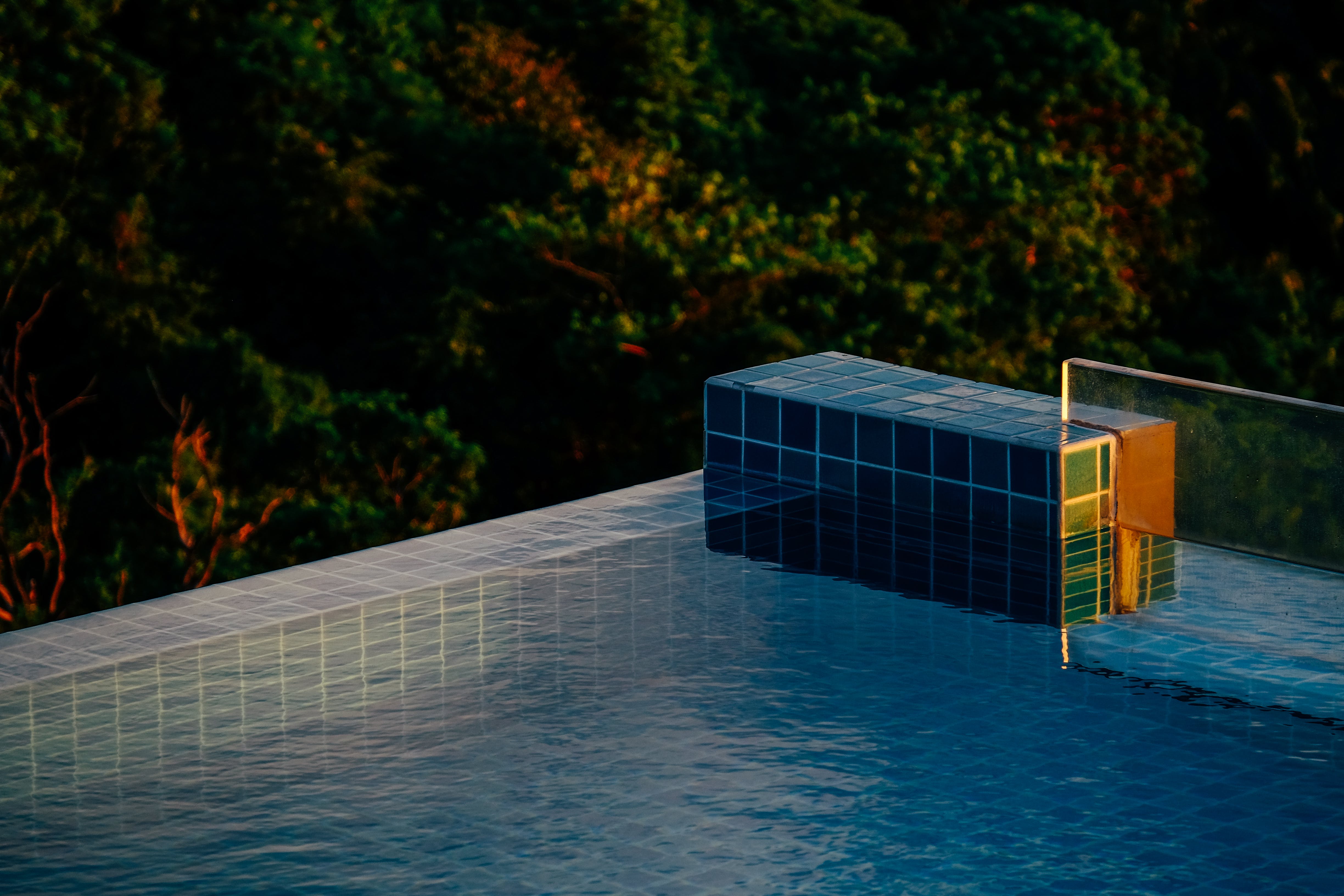UV Dosing for a Superior Pool Disinfection
The science of UV dosing, essential for effective disinfection and a safer swimming environment.
UV dose, expressed in millijoules per square centimeter
(mJ/cm²), represent the energy delivered by UV radiation, playing a pivotal
role in neutralizing bacteria, viruses, and algae. In the context of pool
maintenance, understanding the nuances of UV dose is essential for achieving
effective microbial inactivation. This article navigates through the principles
of UV dosing, and its application in optimizing water quality for safe and
enjoyable swimming experiences.
What is UV Dosing and How does it Work?
UV dose, expressed in terms of millijoules per square
centimeter (mJ/cm²), is a measure of the amount of energy delivered by UV
radiation per unit area. In simpler terms, the UV dose represents the intensity
and duration of UV exposure that a particular surface or medium receives. This
metric is particularly important in applications where effective disinfection
is essential, such as in swimming pools.
When it comes to swimming pool disinfection, UV dose plays a
significant role in ensuring the removal of harmful microorganisms, including
bacteria, viruses, and algae. UV disinfection systems for swimming pools
utilize UV lamps that emit ultraviolet light, specifically in the germicidal
range. This wavelength is highly effective in damaging the DNA or RNA of
microorganisms, rendering them unable to reproduce and causing their
inactivation.
The UV dose is calculated by multiplying the UV intensity
(measured in milliwatts per square centimeter, mW/cm²) by the exposure time (in
seconds) that the water is subjected to the UV light. This product is then
expressed in mJ/cm², providing a measure of the cumulative energy delivered per
unit area. The higher the UV dose, the greater the disinfection efficacy.
In practical terms, the UV disinfection process involves water passing through UV reactors where UV lamps are housed. As water flows over or around these lamps, it is exposed to the UV light, and the microorganisms present in the water absorb the UV radiation. This process is particularly valuable in eliminating chlorine-resistant microorganisms and reducing the reliance on traditional chemical disinfection methods.
Common UV Dose Values in Pool UV Lights (30 mJ/cm² vs. 60 mJ/cm²)
Common UV dose values, such as 30 mJ/cm² and 60 mJ/cm²,
represent the amount of energy delivered per square centimeter of water
subjected to ultraviolet (UV) radiation. These values are benchmarks used to
guide pool operators and designers in achieving optimal disinfection levels.
In swimming pool disinfection, UV doses ranging from 30
mJ/cm² to 60 mJ/cm² are often recommended based on various factors. Residential
pools, characterized by smaller sizes and lower bather loads, may target a
lower UV dose, typically around 30 to 40 mJ/cm². This level of UV exposure is
generally sufficient to address the microbial challenges associated with
residential pool use, providing effective disinfection while considering the
scale and usage patterns.
On the other hand, commercial pools, with larger dimensions
and higher bather loads, often necessitate a higher UV dose. Recommendations
for commercial pools may fall in the range of 50 to 60 mJ/cm². The increased UV
dose is designed to meet more stringent health and safety standards,
considering the greater potential for microbial contamination in pools
frequented by a larger number of users. These higher UV doses are essential for
maintaining water quality and ensuring the safety of the pool environment in
the face of elevated microbial challenges.
Several factors influence the choice of UV dose in swimming pool disinfection. Industry standards, such as those set by organizations like the National Sanitation Foundation (NSF), provide guidelines for minimum UV doses to achieve effective microbial inactivation. These standards help ensure a consistent and reliable approach to UV disinfection. Specific system designs also play a crucial role, with considerations for UV lamp intensity, reactor design, and flow rates influencing the overall UV dose delivered to the water.
Considerations for UV Dose in Pool Maintenance
The three key considerations that determines the appropriate
UV dose for effective water treatment includes water quality, flow rates, and
the type of pool. Each of these factors plays a significant role in optimizing
the performance of UV disinfection systems and ensuring the health and safety
of swimmers.
Water quality is the main consideration when establishing UV
doses for pool maintenance. Different pools may have varying levels of
contaminants, such as organic matter, bacteria, and other microorganisms. Water
quality can be affected by factors like environmental conditions, bather load,
and the use of certain pool chemicals. To achieve optimal disinfection, it is
essential to tailor the UV dose to the specific water quality characteristics
of the pool. Higher UV doses may be required for pools with poorer water
quality or those exposed to increased organic load.
The effectiveness of UV disinfection is directly related to
the exposure time of water to UV light or the flow rate at which water
circulates through the UV disinfection system. In high-flow systems, where
water passes through the UV reactor quickly, a higher UV dose may be necessary
to compensate for the shorter exposure time. Conversely, in low-flow systems, a
lower UV dose may still achieve the desired disinfection levels due to longer
exposure times.
The type of pool also plays a role in determining the appropriate UV dose. Residential pools, typically smaller in size and with lower bather loads compared to commercial pools, may require lower UV doses for effective disinfection. Commercial pools, on the other hand, with larger dimensions and higher bather loads, may necessitate higher UV doses to meet the demand for robust disinfection and comply with health regulations.
Low-Pressure (LP) vs. Medium-Pressure (MP) UV Lamps
UV lights are categorized into two main types based on the
internal pressure of the gases within the lamps: low-pressure (LP) and
medium-pressure (MP) UV lamps. It's important to note that LP and MP
designations refer to the internal gas pressure of the UV lamps and not the
water pressure within the system.
Low-pressure UV lamps operate with a lower internal gas
pressure, typically using mercury vapor as the primary gas. These lamps emit UV
light at a specific wavelength around 254 nanometers, which is highly effective
for microbial inactivation. In terms of UV dose (measured in mJ/cm²), both LP
and MP UV lamps can be used to achieve effective disinfection, but the specific
applications and benefits differ. The recommended UV dose for LP lamps in
swimming pools typically falls within the range of 30 to 60 mJ/cm², depending
on factors like pool size and bather load.
Medium-pressure UV lamps, on the other hand, operate at
higher internal gas pressures, often using a mixture of gases. Unlike LP lamps
that emit UV light at a single wavelength, MP lamps produce a broader spectrum
of UV light, including wavelengths that target a wider range of contaminants.
MP UV lamps, with their broader spectrum of UV light, are employed in scenarios
where additional challenges, such as chloramine reduction and the breakdown of
complex organic molecules, need to be addressed. The UV dose recommendations
for MP lamps may vary, but they are generally applied in the range of 100 to
200 mJ/cm² for specific applications.
The choice between LP and MP UV lamps depends on the
specific needs and challenges of the pool environment. LP lamps are commonly
used for routine disinfection, while MP lamps may be employed in situations
where a broader spectrum of UV light is required to address specific water
quality issues.
Considerations involving water quality, flow rates, and the
choice between low-pressure (LP) and medium-pressure (MP) UV lamps highlights
the intricacies of UV dose optimization. As pools strive for excellence in
cleanliness and safety, a well-informed approach to UV dosing remains integral
in achieving and maintaining optimal water quality standards.











No comments yet